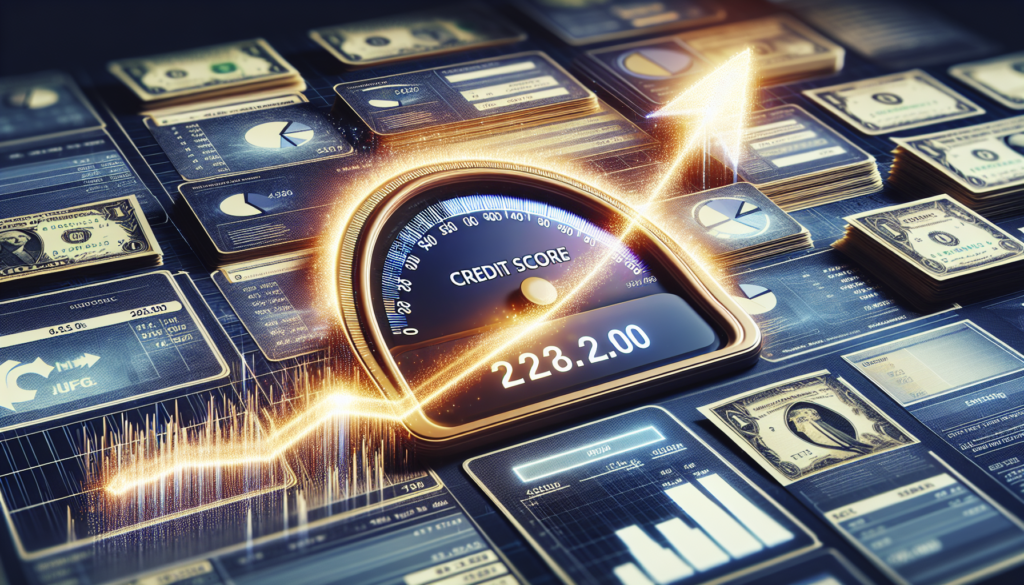
Recognizing early warning signs of debt trouble can save you from potential financial disaster. Here are five top indicators that suggest you might be heading towards or are already in significant debt trouble:
1. Making Minimum Payments Only
If you find yourself only able to make the minimum payments on your credit cards or loans, it’s a clear sign that your debt levels might be unsustainable. Minimum payments primarily go towards interest rather than principal, meaning your debt barely decreases, and you end up paying much more over time.
2. Using Credit for Everyday Expenses
Relying on credit cards to cover everyday expenses like groceries, gas, or utilities because you don’t have enough cash is a red flag. This habit can quickly lead to ballooning debt as interest accumulates, making it harder to pay off the balance.
3. Maxing Out Credit Cards
Reaching or exceeding the credit limit on your credit cards indicates that you’re living beyond your means. Maxed-out cards not only hurt your credit score but also leave you with little to no financial cushion for emergencies.
4. Borrowing to Pay Off Debt
Taking out new loans or using one credit card to pay off another are signs of a dangerous debt cycle. While it might seem like a temporary fix, it generally leads to higher overall debt due to additional interest and possibly fees.
5. Ignoring Bills or Financial Statements
Avoiding bills, not opening financial statements, or being unaware of how much you owe are signs of debt denial. Ignoring the problem won’t make it go away and can lead to missed payments, late fees, higher interest rates, and a damaged credit score.
Real-Life Examples
- John’s Story: John found himself using his credit card for groceries and gas by the end of each month. Initially, he thought it was a temporary setback, but as months passed, his credit card balance grew due to high-interest rates, and he struggled to make more than the minimum payments.
- Maria’s Experience: Maria had three credit cards, all nearly maxed out. To manage the minimum payments, she took a cash advance from one card to pay another, not realizing this was only exacerbating her debt due to cash advance fees and higher interest rates.
- Alex’s Situation: Despite having a well-paying job, Alex ignored his mounting bills and didn’t keep track of his spending. When he finally reviewed his financial statements, he was shocked to find he owed thousands in credit card debt, much of it from interest and late fees.
- Emily’s Dilemma: Emily was using new credit cards to pay off existing ones. She believed she was managing her debt well until she could no longer qualify for new credit and was left with multiple maxed-out cards and no way to pay them down.
- Kevin’s Warning Sign: Kevin realized he was in trouble when he started avoiding calls from unknown numbers, knowing they were likely from debt collectors. He hadn’t opened his bills in months, fearing to confront the total amount he owed.
Recognizing these warning signs early can be crucial in taking steps to address debt issues before they spiral out of control. Solutions may include creating a budget, seeking debt counseling, or exploring debt consolidation options. In some cases, consulting with a financial advisor or considering debt relief measures like bankruptcy might be necessary. The key is to acknowledge the problem and take proactive steps towards financial recovery.

Get a Free Bankruptcy Case Evaluation